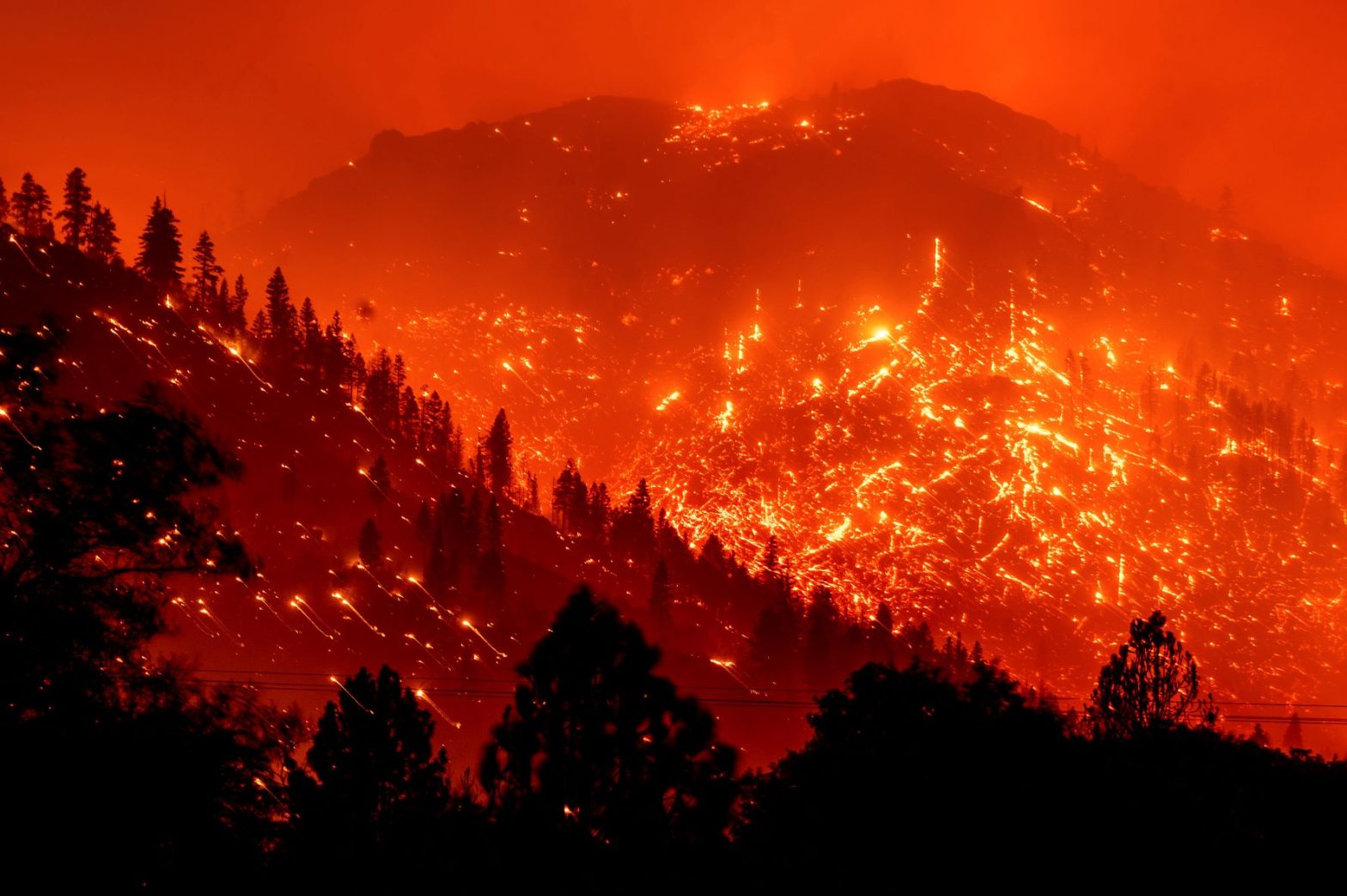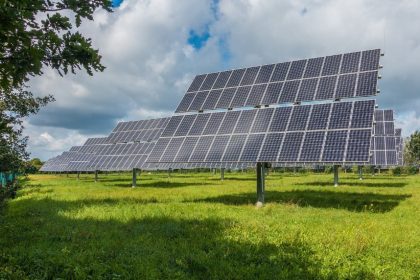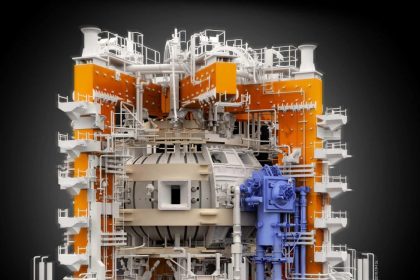UCLA Study Ties Human-Caused Climate Change to Widespread Wildfires

LOS ANGELES — Research published this week by scientists from UCLA and Lawrence Livermore National Laboratory explains that the main cause of increasingly frequent wildfires throughout the western United States is human-made climate change.
The researchers identified vapor pressure deficit as the predominant variable linked to wildfire risk in surveyed data from 1979 to 2020. The study, published by the National Academy of Sciences, concludes that warming fueled by human activity causes high vapor pressure deficit levels, leading to conditions ideal for wildfires.
Rong Fu, professor of atmospheric and oceanic sciences at UCLA and corresponding author of the study, told The Well News that while naturally-occurring climate variables are often attributed as the dominant contributor to wildfire conditions, this study suggests otherwise.
On average, natural variations in atmospheric circulation account for only 32% of the observed VPD trend over the western U.S. during the warm season between May and September. This means that the remaining 68% of the rising VPD trend is most likely due to warming caused by carbon emissions released by humans.
“Of course, this work was motivated by looking at the climate-changing impact on fire weather,” Fu said. “But I just did not expect it to be two-thirds [of the cause]. Generally, based on the previous [Intergovernmental Panel on Climate Change] projections, we know that the recent naturally varying weather pattern influenced by El Nino–Southern Oscillation should be dominant in the early 21st century.”
Fu continued, “Human impact on the climate is not as strong as these natural climate variabilities. But this study actually suggests it’s mainly the climate-changing impact that [dominates] this increasing of fire weather.”
The increase in wildfire conditions in the western U.S. is mainly because of a rise in surface temperature throughout the observed time period, Fu said. Greenhouse gases that trap heat in the atmosphere and warm the planet have long been scientifically tied to carbon emissions caused by human activity, but federal initiatives to cut emissions have lagged behind its consequences.
A group of Democrats in the Senate introduced legislation in May that would prescribe controlled burns to mitigate the effects of severe wildfires nationwide, TWN previously reported. That bill was referred to the Senate Committee on Energy and Natural Resources where it received a hearing in October but has yet to receive a vote to be referred back to the full Senate.
The study also found that when northern California’s August Complex “gigafire” occurred in 2020, human-caused warming likely explains 50% of the unprecedented VPD anomalies. The researchers’ observational “analogue-based attribution approach” tracks closely with estimates obtained from global climate model simulations.
Fu told The Well News the study’s assessment of human-linked climate impact is understated. The odds are very low that the impact is less than what’s estimated. The models and methods utilized in the study provide a lower and upper range on the true impact of anthropogenic warming on the VPD trend over the western U.S., and Fu said she believes the reported climate impact figures represent conservative estimates.
Increasingly extensive and damaging wildfires are only expected to get worse now that the predominant factor influencing fire weather variation in the western U.S. has shifted from natural climate variability to warming forced by climate change, the researchers conclude in the study’s findings. Because of the inherent risks a warmer climate poses in relation to extreme weather events, effective societal adaptation and mitigation responses are needed urgently.
“People think that climate change [will] impact our children,” Fu said. “But it already impacts us. This is just one more piece of evidence to show that.”
Reece can be reached at [email protected]

























